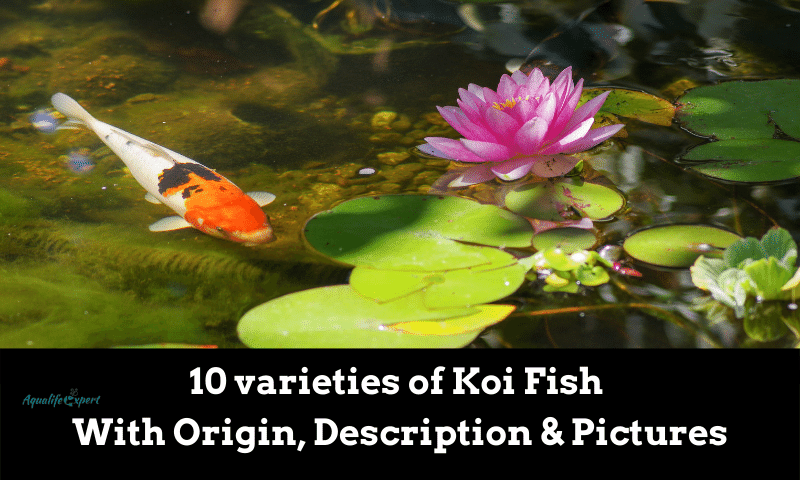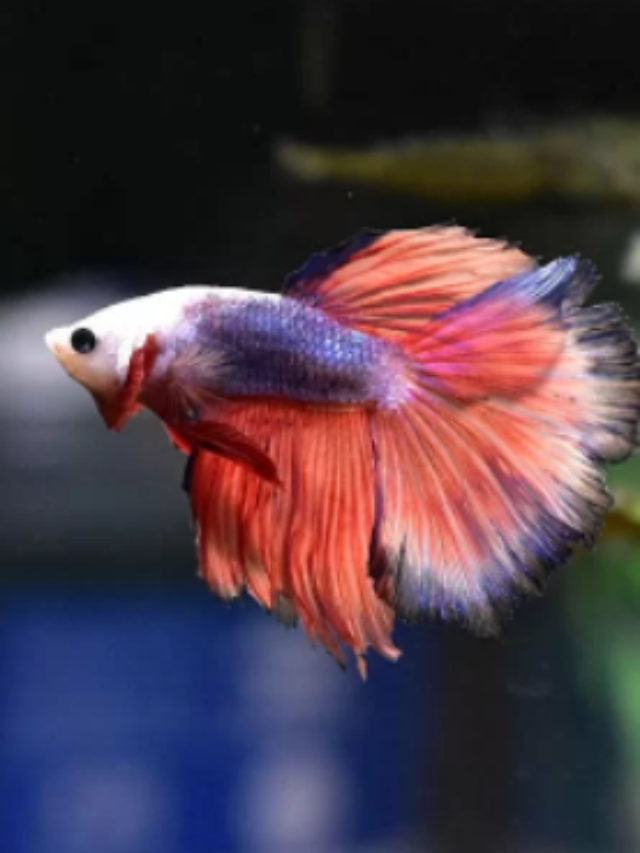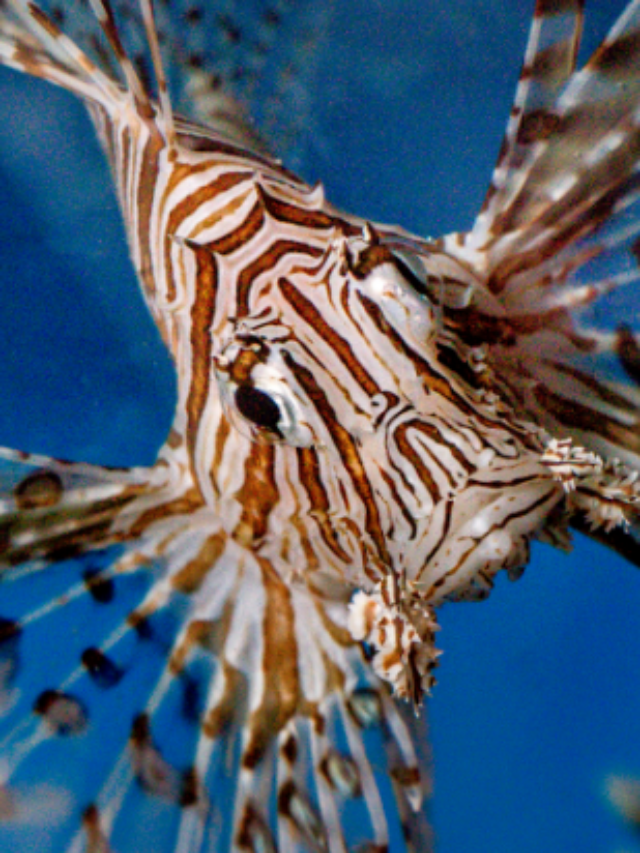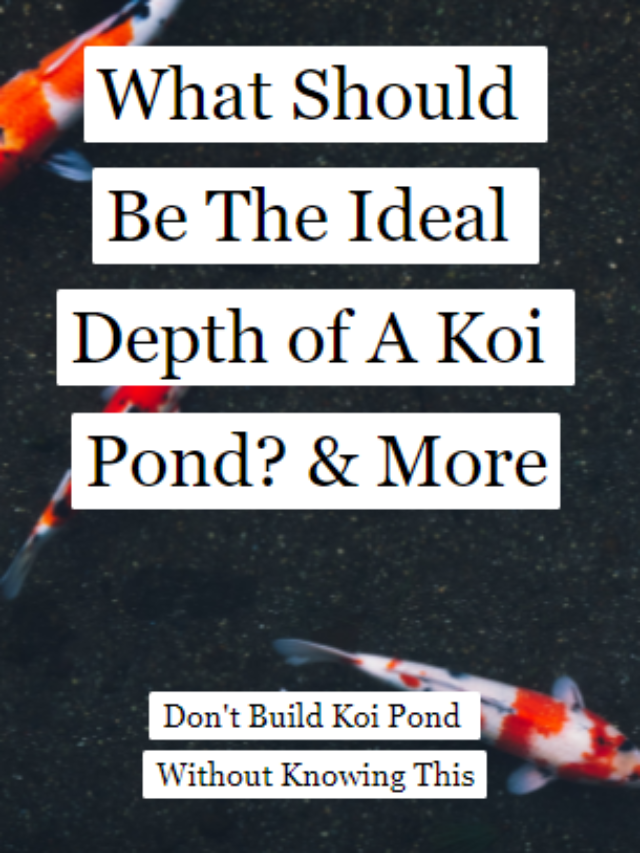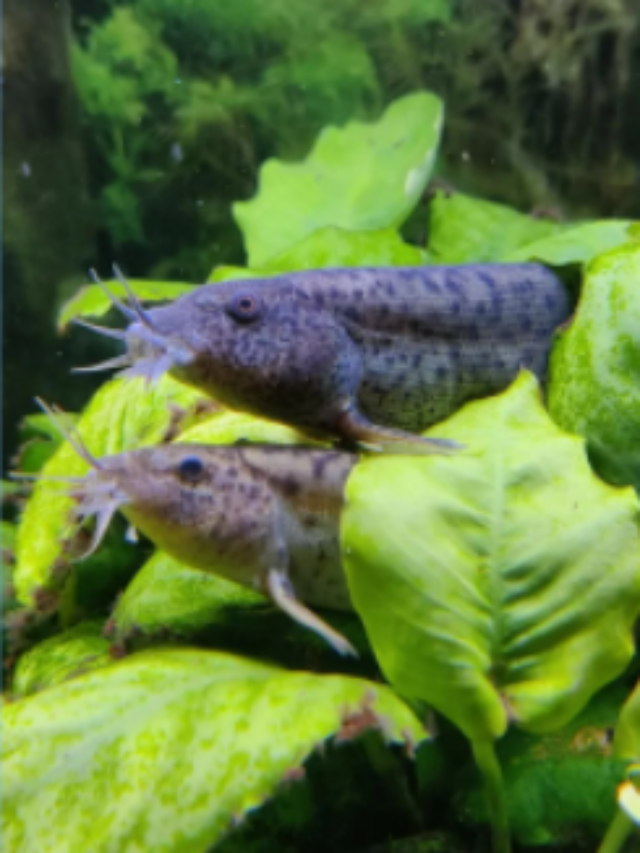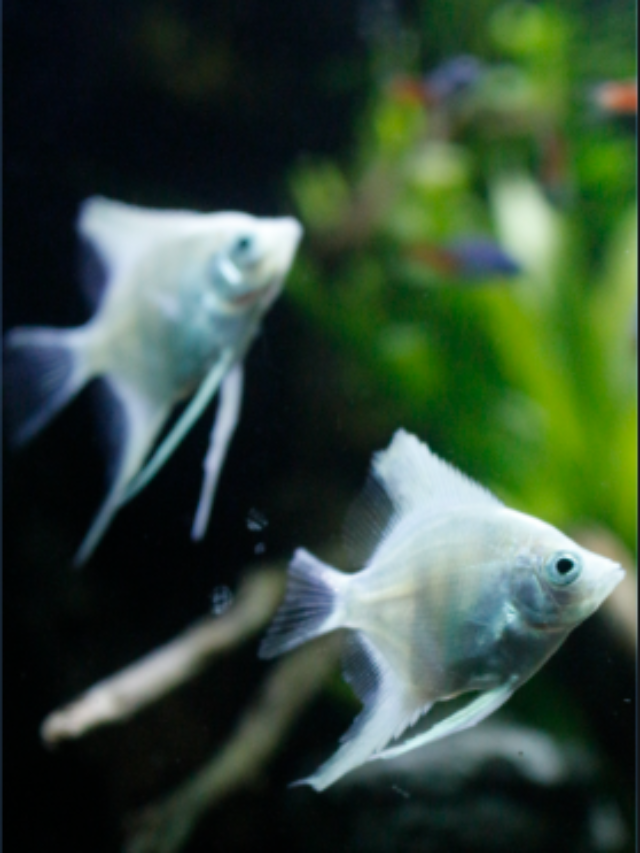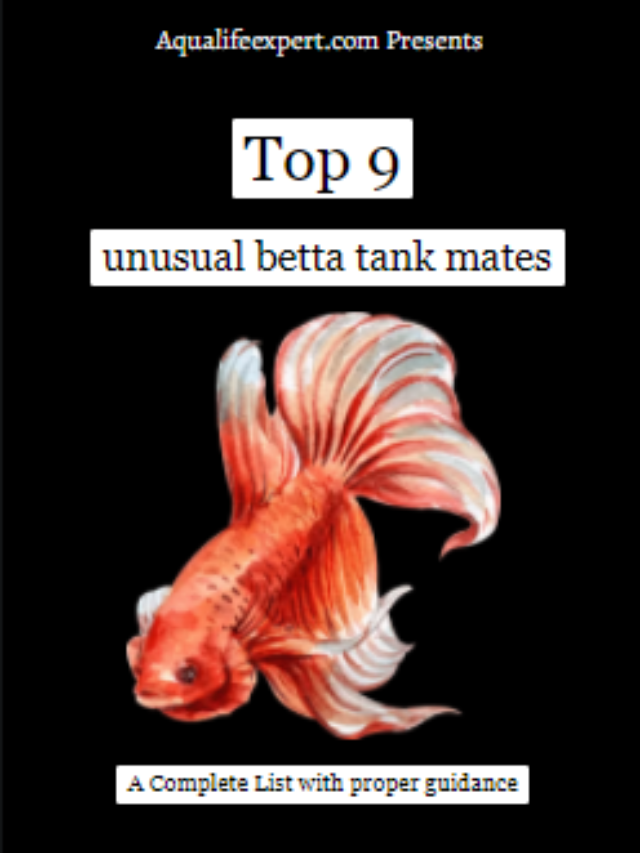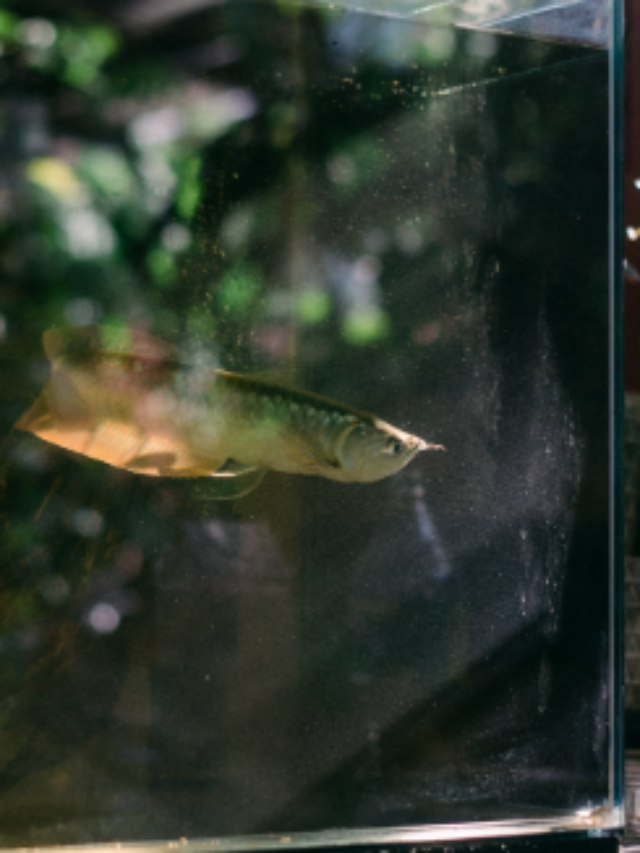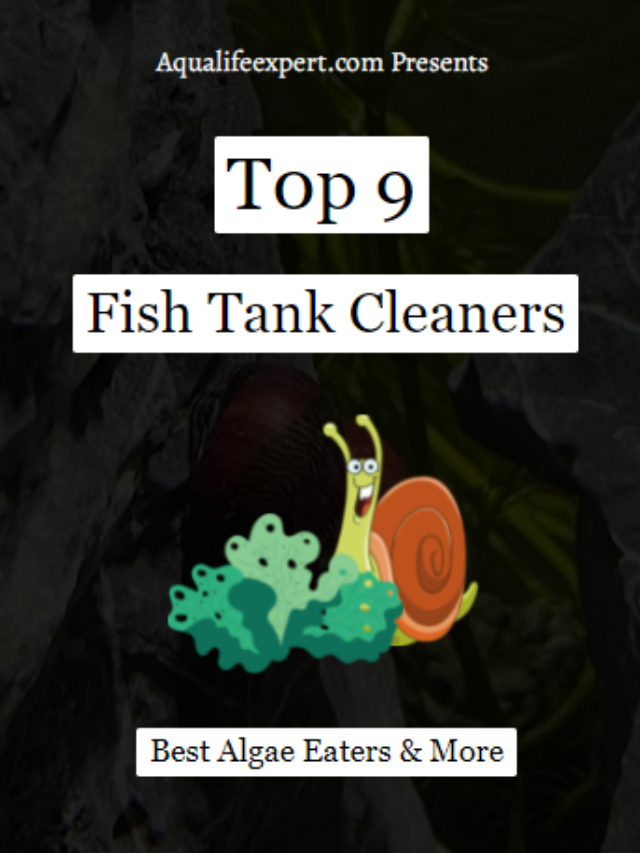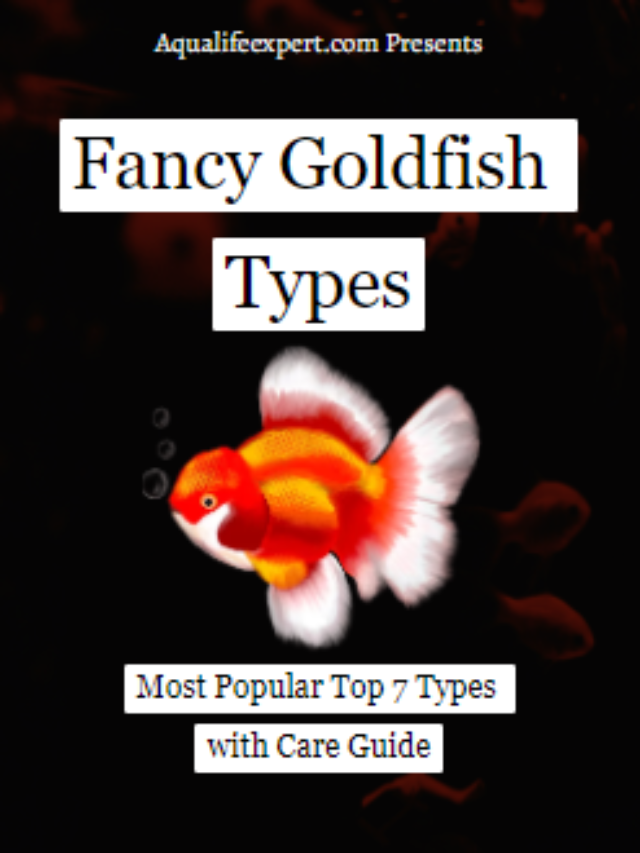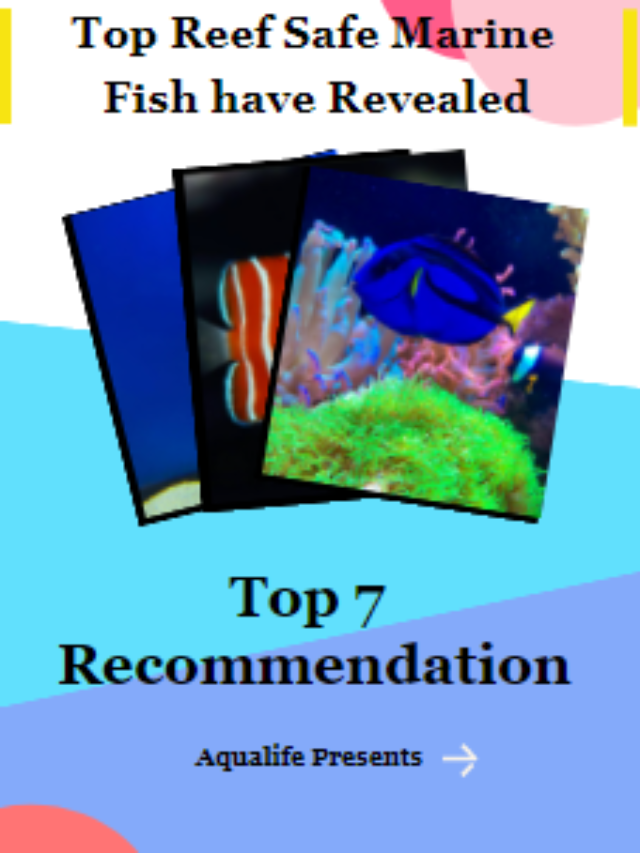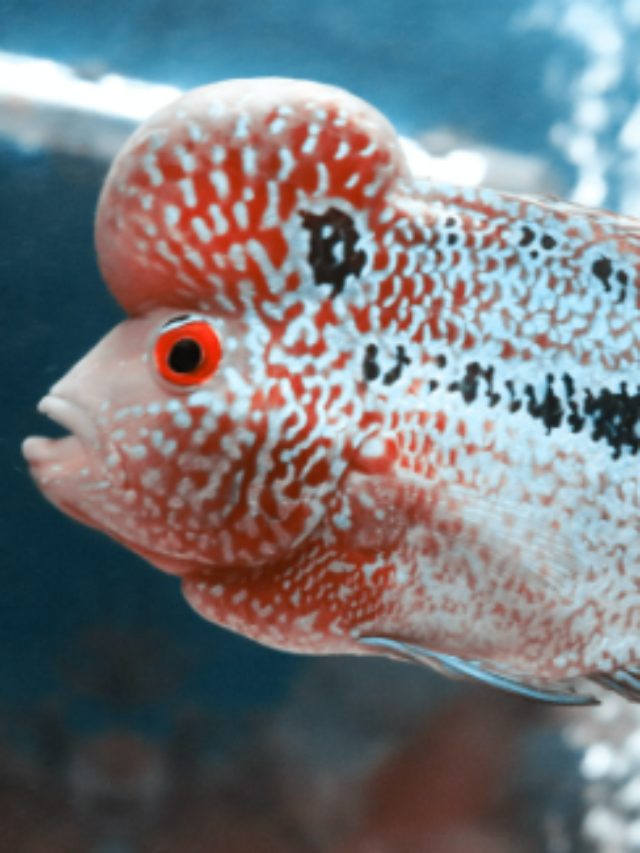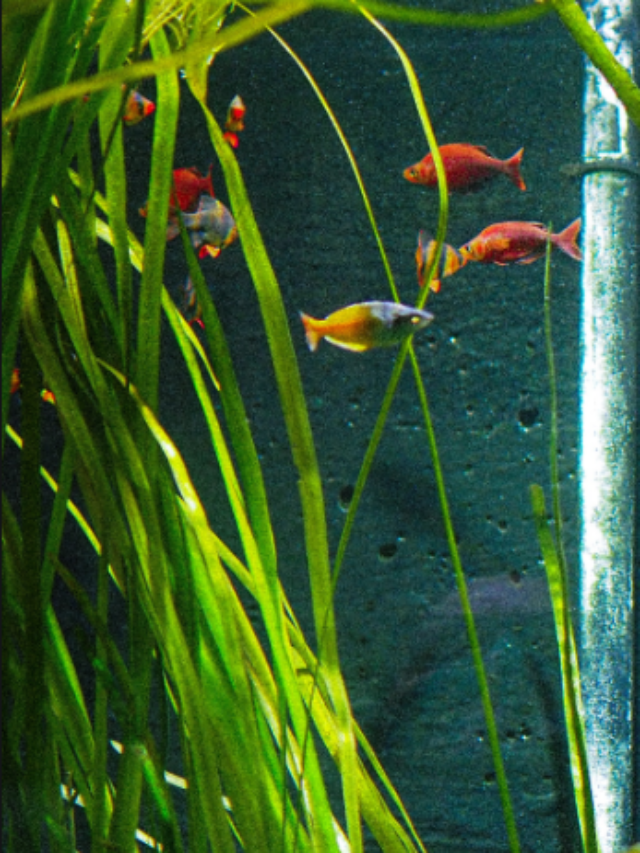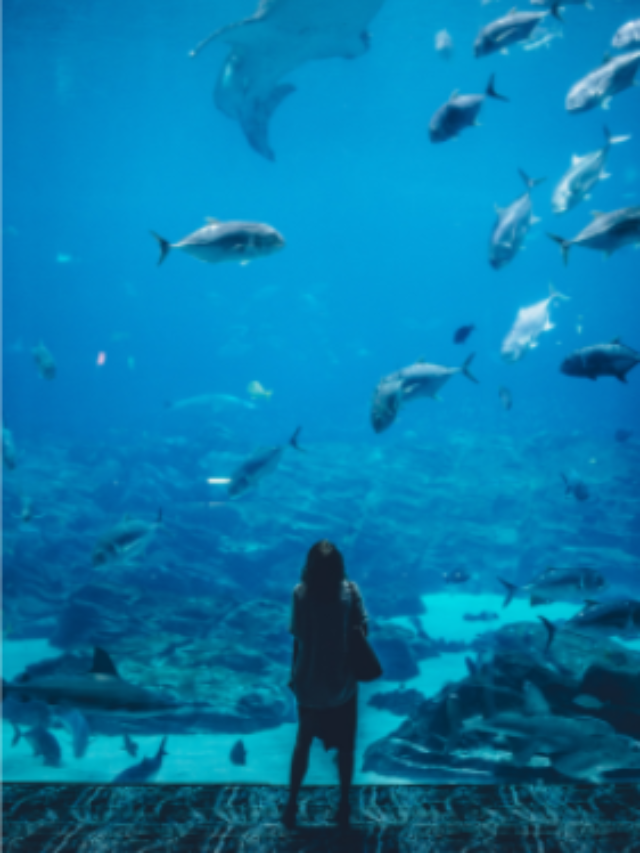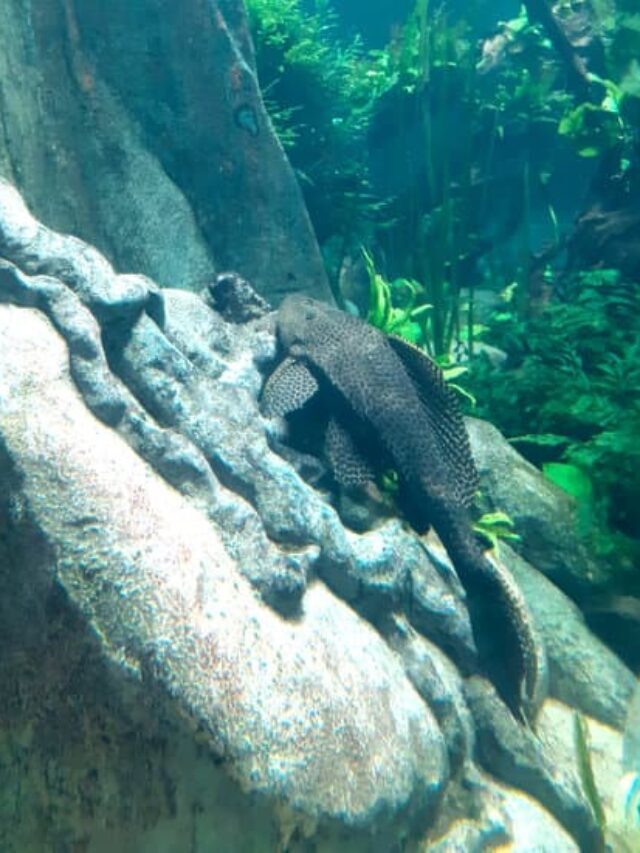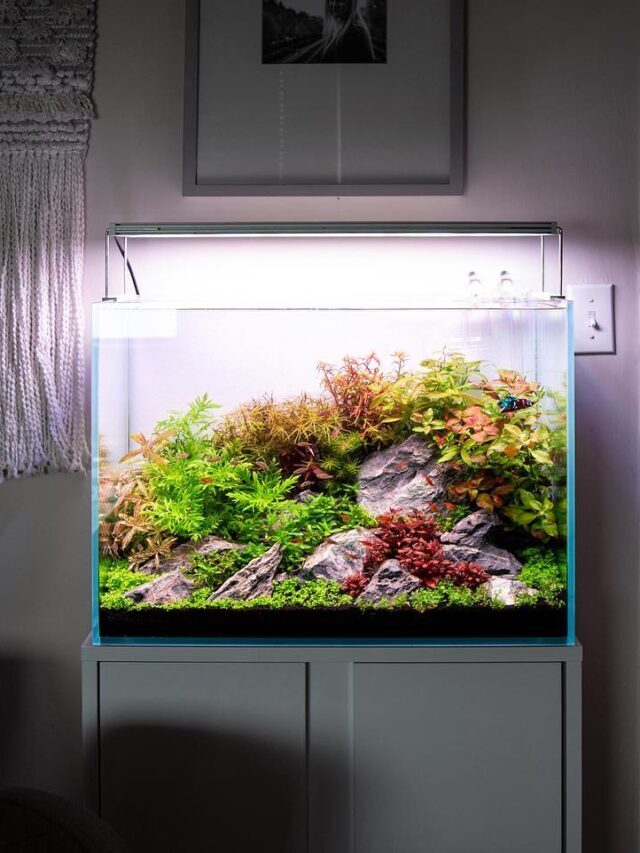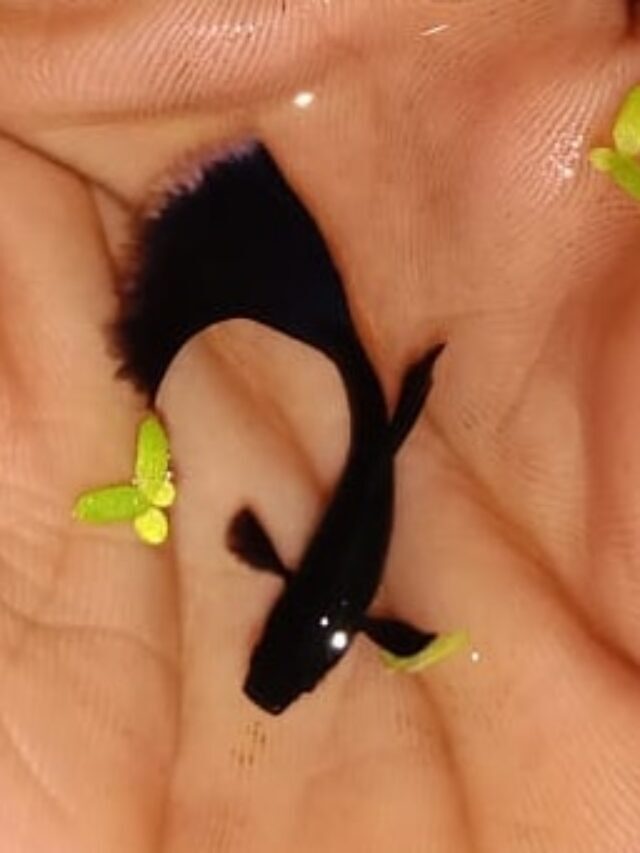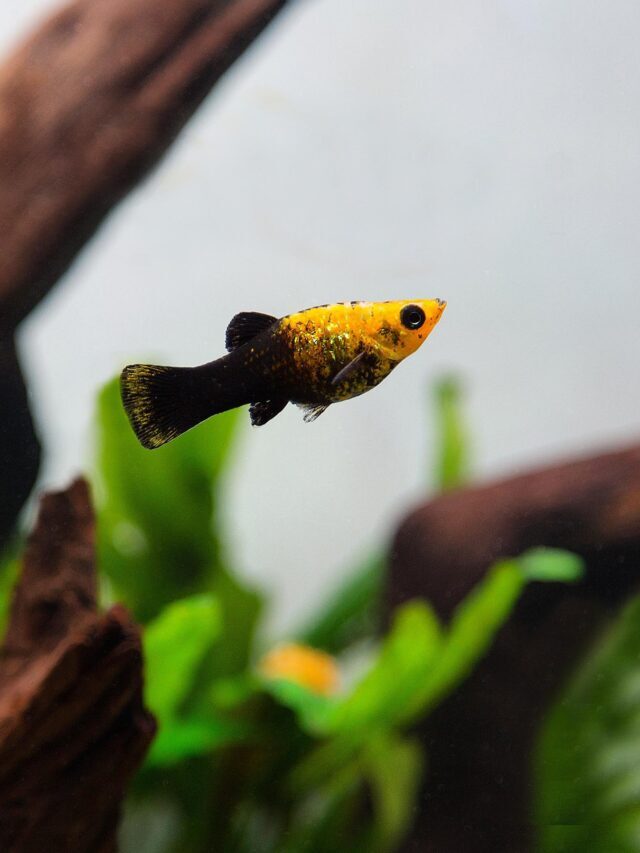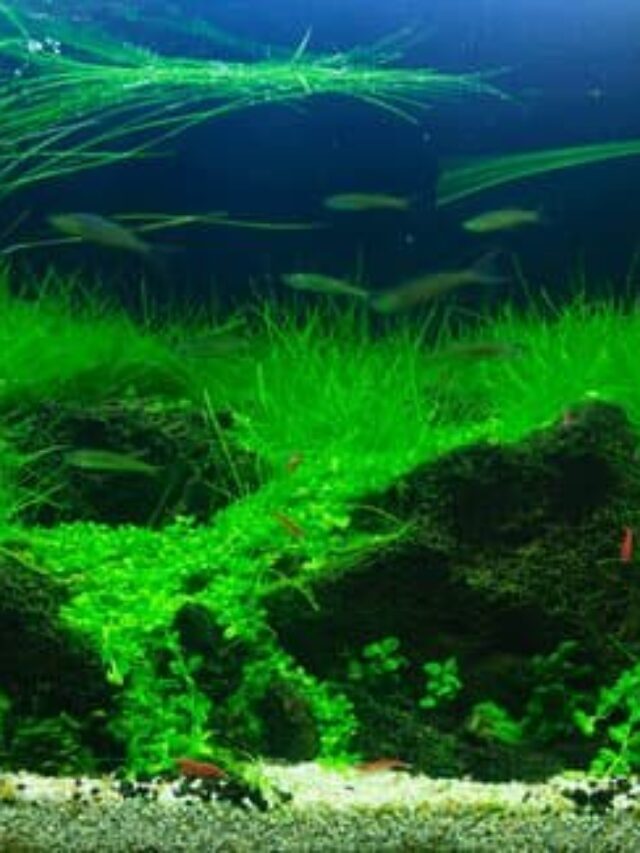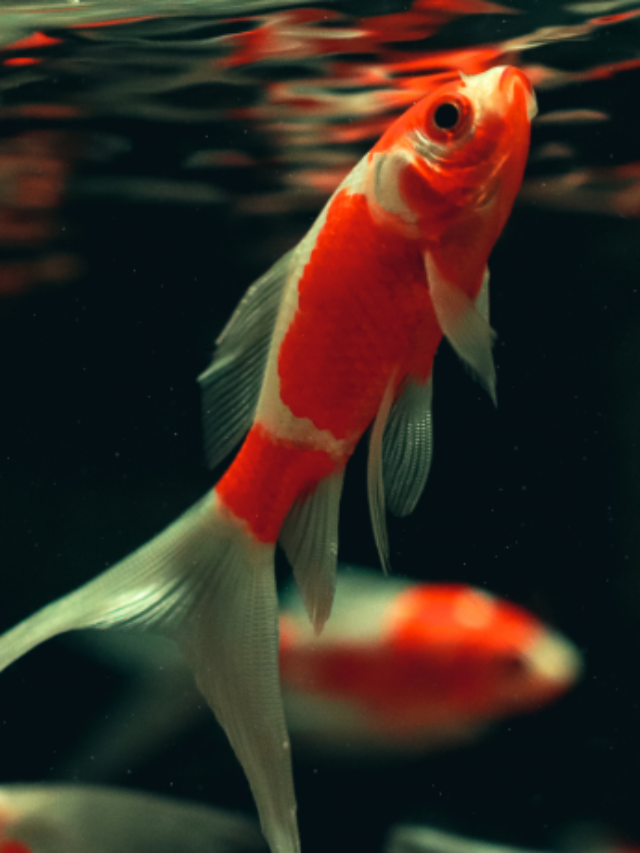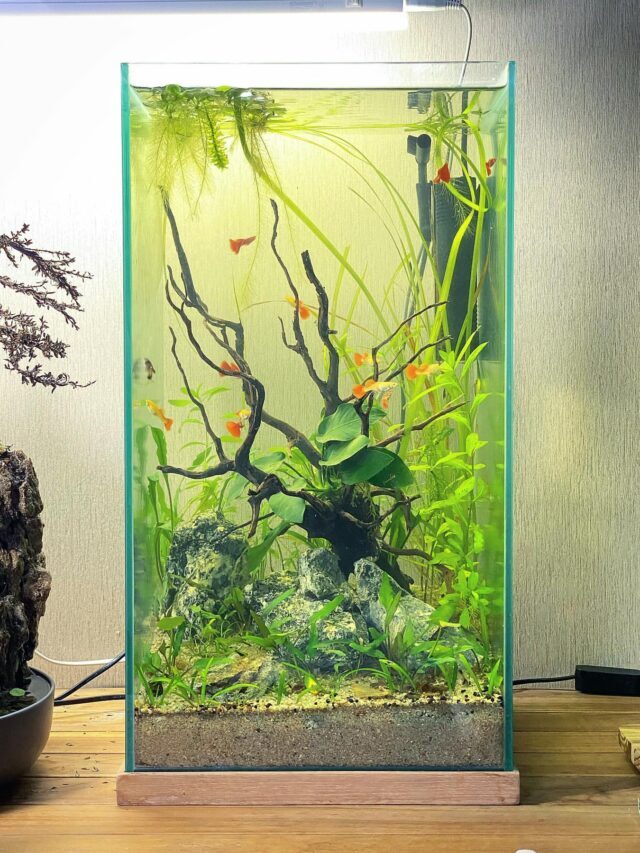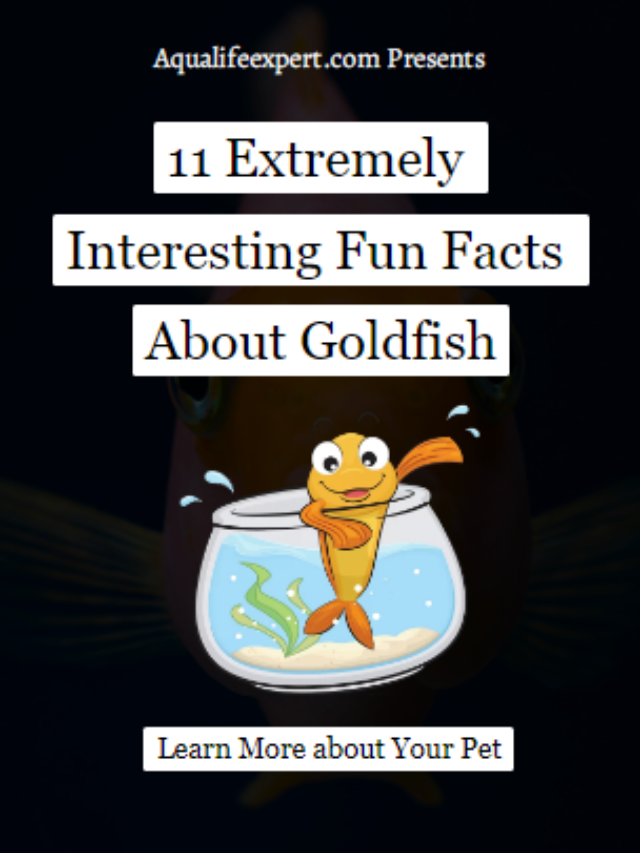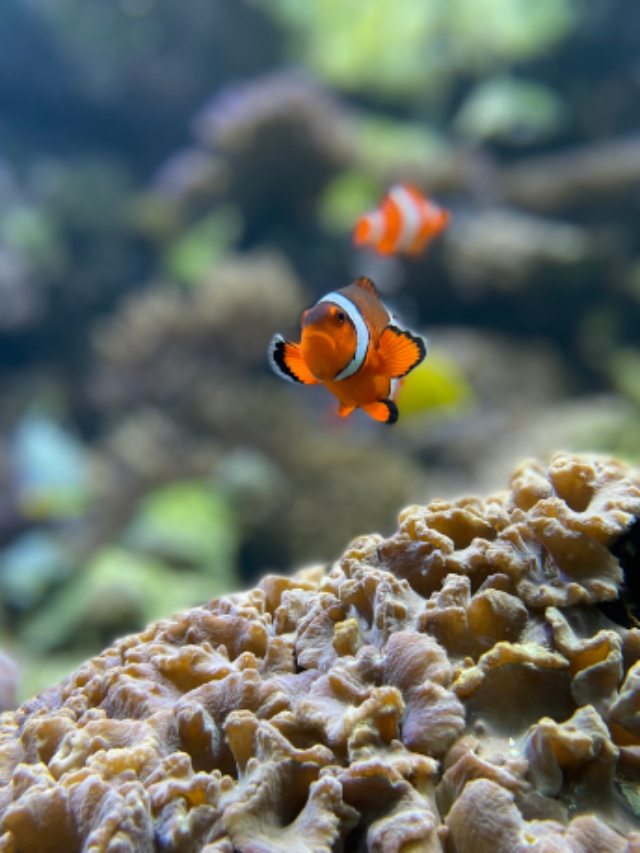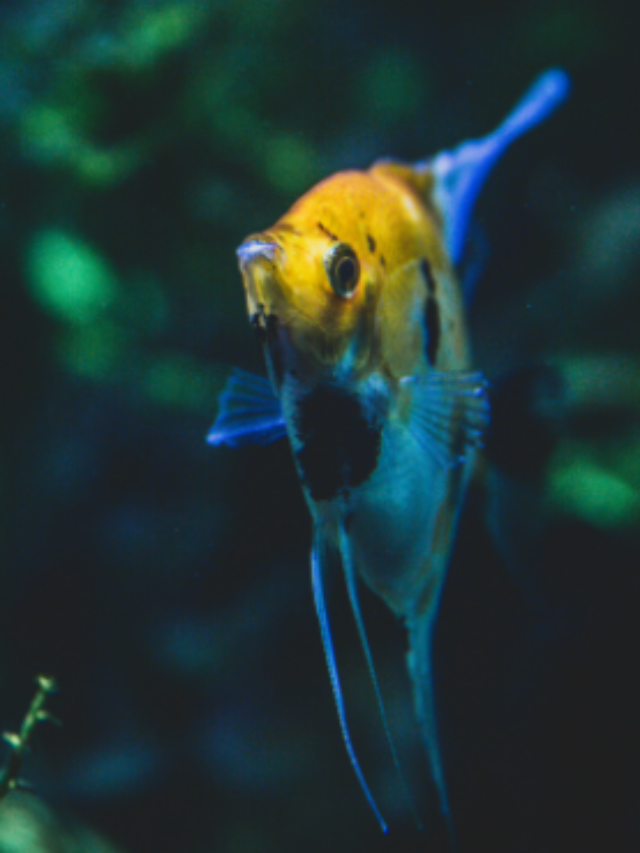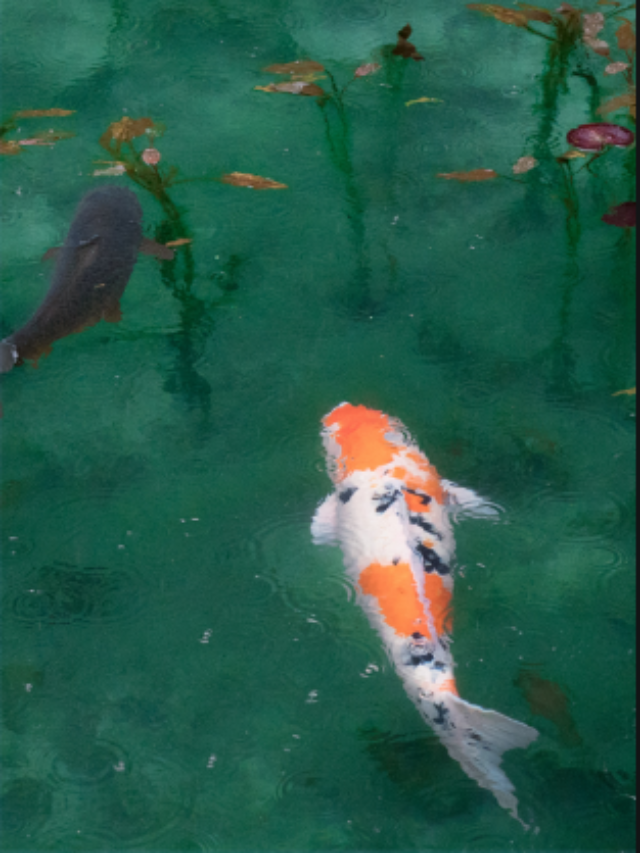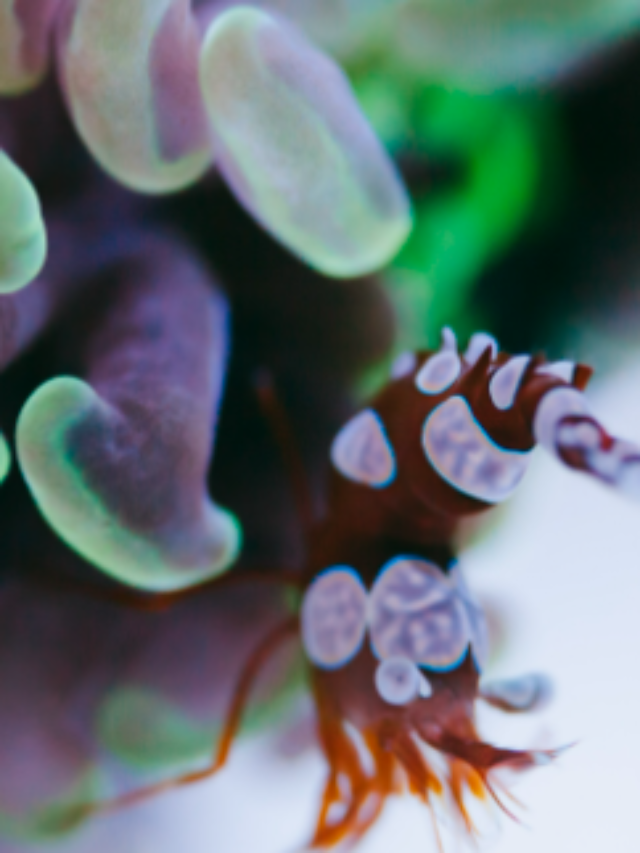10 varieties of Koi Fish: Origin, Description & Pictures
Check Our Quick Stories
Koi fish is one of the stunning fish that are considered as pets. Everyone wants to keep beautiful, elegant & eye-catching koi in their backyard pond. However, it is not possible to identify the right koi variety or pattern, or type without proper knowledge.
So this article is fully focused on the various varieties and patterns of koi fish. It will help you to understand which pattern or type you want for your backyard ponds to make these lively and colorful. It will help to make a purchase decision too. So without wasting time let’s dive deep into the topic.
What are the 10 most popular varieties of koi fish?
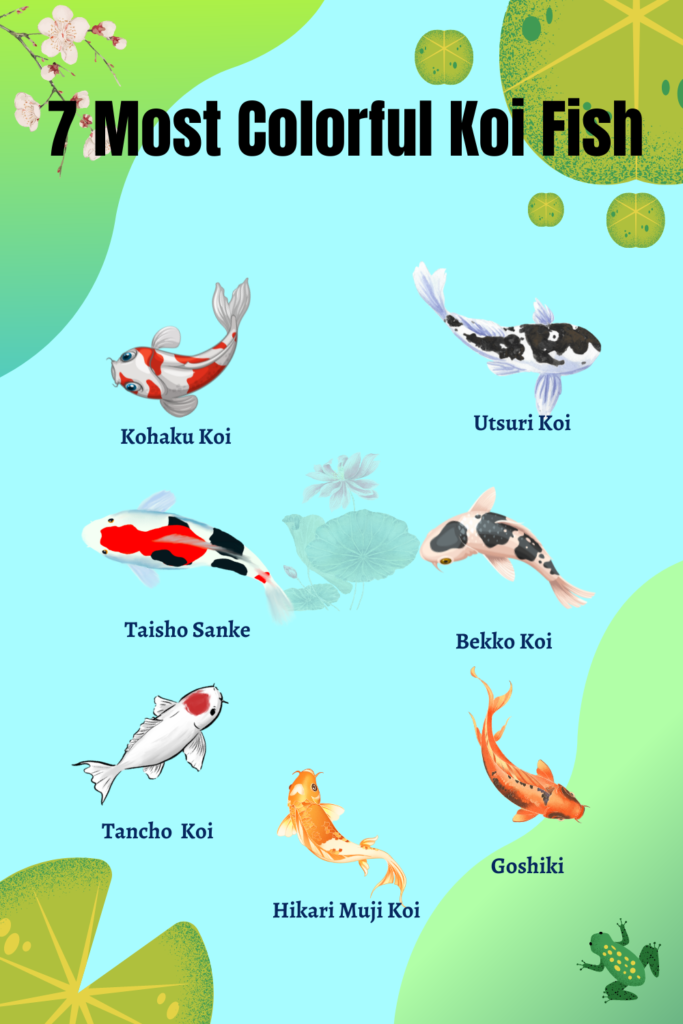
1. Kohaku
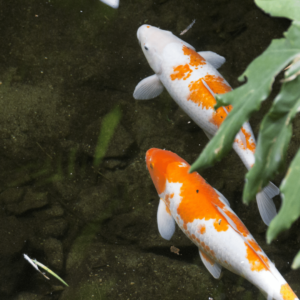
Kohaku, is a special type of koi fish in the country of Animalia. Kohaku koi fish is very common for the entire koi species. The most notable thing about Kohaku is their body colors and patterns. They appear with a red-and-white pattern which is very alluring. Despite its popularity in South Asian countries, they are now known all over the world.
As a whole Kohaku koi can live for a long time, approximately 40 years. These fish are very classic to see in a wide pond. These fish can usually be up to 50 inches long. But since they live in backyard ponds, they grow up to 20-23 inches only.
Kohaku koi fish is relatively easy to take care of. Kohaku koi fish are not picky eaters. They eat whatever they find in the backyard pond. Commonly they are known as herbivores so their favorite food is algae.
Read More:- 15 Best Plants For Koi Ponds: With Infographics & Charts
2. Utsuri
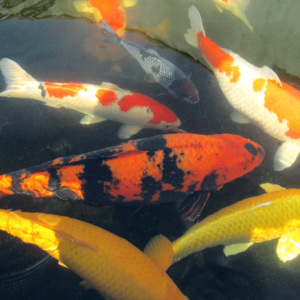
Utsuri koi is another very popular fish to keep in the backyard pond. The meaning of the word ‘Utsuri’ is ‘reflection’ for the koi enthusiasts. The origin of these fish is in Japan. Japanese people are highly admirers of this type of koi fish.
There are different types of utsuri koi fish such as the Hi utsuri, Shiro utsuri & Ki utsuri. They are classified according to the base body color of the koi fish. The body colors of these three koi fish are red, white & yellow respectively.
Read More:- Pond Mates of Koi: A List of 9 Most Suitable Fish
However, these colors are not ultimate and fixed. You can find some permutations & combinations of patterns that are more fascinating. ki utsuri has red and yellow markings. Hi utsuri koi fish has a base of black color with vibrant red color. Moreover, both Hi Utsuri and Ki Utsuri have black striped fins.
Shiro Utsuri is very elegant among these three. There you can find quite a bit of black with the bright white color on the body of Shiro Utsuri. However, the base of the fins of Shiro Utsuri is black.
These beautiful koi fish can be kept in a backyard pond because they are very easy to care for. They are very calm and very friendly. These fish can grow up to 28-40 inches in length. As food, large pellets are better for average size Utsuri koi fish.
Read More:- Secrets of Keeping Koi & Goldfish Together: Is It Even Worthy
3. Taisho Sanke

The real name of Taisho Sanke koi fish is Taisho Sanshoku. When Taisho was the emperor of Japan, this koi was bred at that time. So they were named Taisho Sanke. In the Japanese language ‘San’ means three and ‘shoku’ means color. So from here, we can easily understand that the fish has three color combinations i.g. white, red, and black.
You have to remember some tips to identify Sanke koi fish. Sanke has no black color on his head. Black spots on the head are not sanke koi, they are considered shown koi. You can find Sumi stripes at the base or tip of the fins. It should be white except for the dorsal fins and it has no red and black color which makes it look more attractive and elegant.
Sanke koi fish are typically kept at a water temperature of 13 to 26°C. These fish need color-enhancing food to develop and maintain healthy color. Protein-rich foods should be fed to them for proper growth.
4. Showa
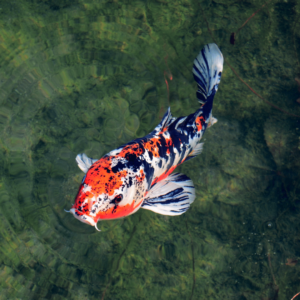
Showa Koi were originally bred in 1948 by Zukichi Hoshino. He made a Kohaku and Ki Utsuri pair. All of these early ones had gray heads and striped fins.
Showa is a decorative and beautiful koi. Its black body has red and white marks. Showa is a strong fish. This koi fish carries the living and artistic beauty in the backyard pond. Its sharp color may look very attractive to your guests.
This showa’s beauty is a true example of creating lively artwork of Japanese breeders. A showa will have a nice balance of colors. Red, white and black is great color combinations.
This koi grows up to 10 to 14 inches long and can live up to twenty years. Large paint spots can be seen around the face and spine. Showa koi do not eat carbohydrates. Showa koi survive by eating vegetable germs, shrimp, and algae.
Read More:- Is Koi Pond Not Clear? 7 Most Common Reasons for it
5. Bekko

Bekko koi is a solid-colored non-metallic koi fish, whose body has black spots. Like utsuri they are produced in three colors mainly i.g. white, red and yellow. The white bekko is called Shiro Bekko. This is a clean white koi with black spots. The red koi is called aka Bekko and the yellow koi is called ki Bekko. Ki bekko or Yellow Bekko is one of the rarest.
One thing you have to remember is that, unlike Tashio sanke, bekko’s Sumi patches are present on the back. These should be located just above the lateral line, never on the neck area. Bekko’s head should be black without a pattern. However, its fins are usually white and may have a sumi stripe. It helps to maintain the balance of the sumi pattern.
The Bekko koi fish are omnivorous. They mostly grow up to 12 inches. They can survive 65 to 78°F water temperature. Bekko is a freshwater fish. They live more than 10 years. This type of koi is relatively easy to raise. If the size of the pond is large, it can grow a little longer and weigh up to 40 pounds.
6. Tancho

Koi fish have existed for thousands of years and they have lots of varieties. Tancho is one of them, originated in China and Japan. They are diversified into three types i.e. Tancho Kohaku, Tancho Sanke, and Tancho Showa
In Japanese, Tancho means red sun. Tancho Koi has a red circle over the head. This fish has a special status in Japan due to its resemblance to the Japanese flag with a red crown. If there is a red mark anywhere except on the top of the head Then it is not tancho koi. So it is a good identification mark for this type.
However, the color of the Tancho koi is not always the same. It varies between bright orange and sometimes red cherry. If the tancho lives in cold water, its red color becomes darker. However, in the opposite situation, its color gradually turns orange. Tancho koi fish prefer to stay in water at a temperature of 13-26°C.
Tancho koi are often fed spirulina as a color enhancer and to maintain good health. Since these fish eat protein all the time, these koi do not get sick easily. Tancho koi fish is very expensive and the rarest one.
Read More:- How to Grow Koi Fast up to 2-2.5 Feet: 5 Steps Guides
7. Hikari Muji

Hikari muji is very popular for its textured skin and Intense vibrant skin color. There are no extra marks on the body of this fish. The word Hikari means shiny and Muji means flat. So this shiny flat fish is divided into two parts – Ogon and Matsuba.
Hikari Muji Ogon koi is a patternless fish of the deepest color. The vitality of the shape and color of the body determines one’s uniqueness. This koi fish exhibits a unique look among the many other colorful fish in the backyard pond.
They survive by eating algae from the pond. They should always be fed color-enhancing food. This way, for a long time, the color of this fish will be dark and will carry the beauty of the pond. Always maintain the right combination between color-enhancing food and nutritious food.
8. Shusui
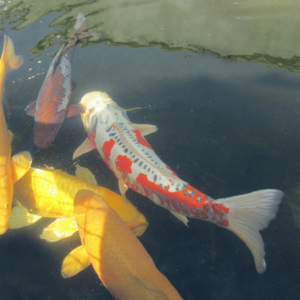
Shusui koi has gained immense popularity among amateur koi keepers. These koi are popular for not only bright colors but peace and good wishes too.
Shusui means ‘autumn water’ in Japanese. Furthermore, shusui koi are known for the pattern of blue-gray color on their backs. This fish does not have any protective scale. If you feed them an amount of color-enhancing food like Spirulina, the yellow part will be more visible in the white part which will be great to watch.
Shusui koi can survive temperatures from 50-78°F. Shusui koi are expensive due to their unique breeding and appearance. An adult Shusui koi can cost more than a thousand dollars. Depending upon water temperature its body color becomes brighter or dimmer.
9. Asagi
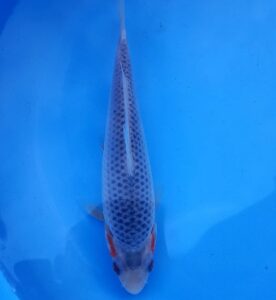
Asagi is known as a light indigo color koi fish. The back of Asagi koi has a blue or gray pattern that looks like a mesh. During its growth period, a red pattern develops from the bottom to the top of its body. You can’t find any marks on the side of the Asagi koi fish.
The top of Asagi’s head should be fed blue-white and unmarked. The fibers will be dark blue and light blue both. This pattern basically forms a triangular wedge. Asagi koi should be fed spirulina to enhance its color. They need 50-78°F water temperature to survive.
10. Goshiki
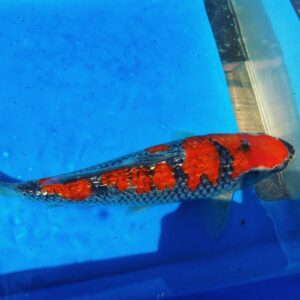
In 1978, asagi was bred with kohaku koi and was found Goshiki koi. Goshiki means five colors. You can find five colors i.e. black, blue, gray, white, and red on their body that has made the shape of a bow. Not only that, but you can find a lattice pattern all over the Goshiki’s body.
A good goshiki should have a fishnet-type pattern. The upper fibers of the body look black. There are two versions of goshiki i.e. light goshiki and dark goshiki.
Goshiki is one of the finest species of koi fish. Young goshiki are easily recognizable. Two parts of this fish are not easily displayed. One is a Sumi pattern and the other is Anime Pattern. Young Goshiki is usually darker in color.
Final Thoughts
Here in this article, we have discussed the top 10 varieties of koi fish. All of these are very popular among pond fish keepers. Now it’s up to you which one you will keep inside your koi pond.
As we have said this article has just discussed the different varieties of koi. They are not distinguished by size. Some koi fish on this list are found long years back in the cross-breeding process. So we are lucky to have these stunning koi as pets.
Best of luck and happy fish-keeping.
Read More:- How to Get Crystal Clear Koi Pond Water Right Away

